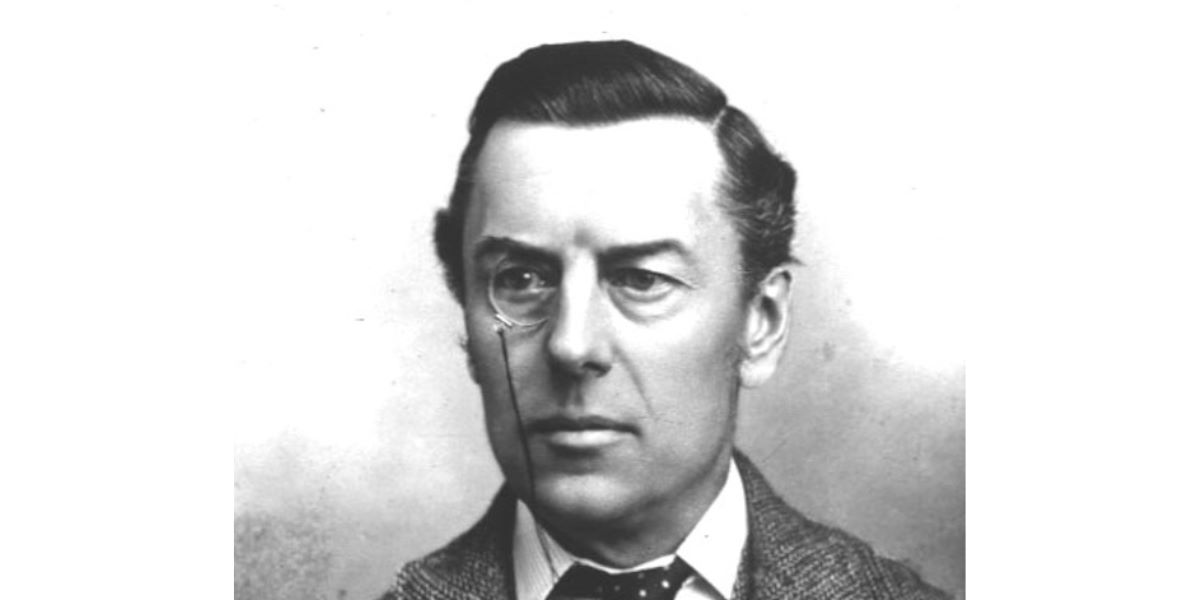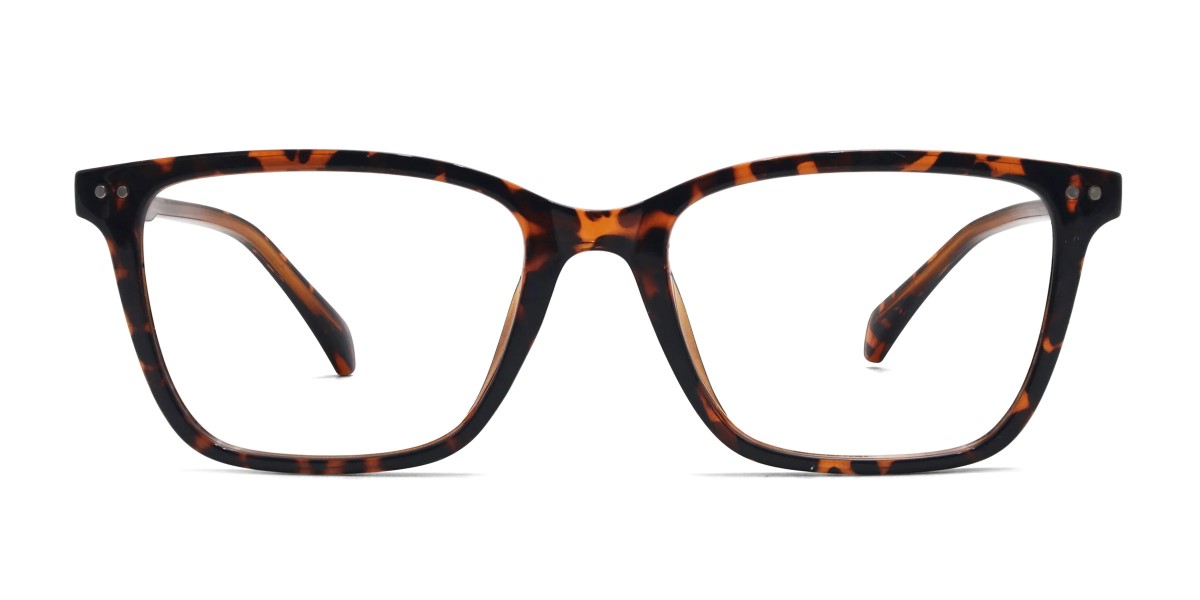Eyeglasses Timeline: Evolution Through the Ages
From grandiose goggles of the 1700s to designer frames today, eyeglasses have gone through a lot of changes over the last 300 years. But do you know what the ‘It’ frames of each era were?
Let’s explore all the various styles of specs that have emerged since their invention.
Glasses through the ages
The origins of eyeglasses
The Romans left us with many innovations that have left a remarkable impact on the world. One of them was eyeglasses, which came about when they recognised the potential of certain types of glass to magnify objects. As Romans learned more about them, glass blowers were able to craft diverse glass spheres to make text appear larger and clearer.
The fascinating account of Roman Emperor Nero, as portrayed in Pliny the Elder’s Natural History, offers a glimpse into ancient Rome’s luxurious and, at times, enigmatic world.
One of the earliest known written records of eyeglasses appeared in an encyclopedia preserved from the Roman Empire: Pliny the Elder’s Natural History. It wrote that Emperor Nero had the habit of watching gladiator matches through an emerald, an act that some believe may have been a precursor to sunglasses.
However, whether Nero was nearsighted or simply attempting to protect his eyes from the sun’s glare remains unclear.
In the Middle Ages, monks used glass spheres to read religious texts more easily. As these spheres gained popularity, particularly in the Italian cities of Pisa, Venice, and Florence, skilled glassblowers began to fine-tune their art by crafting spheres of varying thicknesses to cater to different magnifying requirements.
These rudimentary spectacles were said to have been the creation of Salvino D’Armati in Italy in the 1200s. However, there isn’t enough substantial evidence thus far to fully support any of them as the true inventor of modern eyeglasses.
Glasses in the 14th to 18th century
During the 14th century, innovative creators began incorporating round, biconvex lenses into leather straps or metal bands. These were strapped around the head and fastened at the back, allowing for a secure, hands-free experience. Glasses back then focused on amplifying and mainly helped farsighted folks to read. As the demand for eyeglasses grew, so did the artisans’ skills, resulting in thinner, lighter, and more comfortable designs.
The rise of literacy among the political elite and merchants of Florence, Italy, in the 15th century transformed the city’s intellectual landscape and paved the way for optical innovation. An anonymous inventor pushed the boundaries and conceived the biconcave lens. By 1451, this pioneering spirit had shifted the center of high-quality spectacle manufacturing from Venice to Florence, providing nearsighted individuals with much-needed clarity when looking at faraway objects.
As early as the 16th century, glasses had lenses embedded into frames crafted from whalebone, animal horn, wood, tortoiseshell, leather, silver, bronze, and iron. These visual aids were designed to be held in front of the face or carefully perched upon the nose.
In the 17th century, Spanish craftsmen used string to tie perch glasses to their ears as they were tired of the discomfort caused by leather or metal bands. This practice soon spread to Asia. While the Chinese already had their own vision-correcting spectacles, they innovated the string idea by attaching weights to the strings, allowing the glasses to drape over the ears and remain in place.
In 1784, Benjamin Franklin redesigned glasses to accommodate the needs of individuals who faced difficulties seeing at a distance and reading up close. Known as bifocals, his redesign combined a concave lens (for nearsightedness) on top and a convex lens (for presbyopia, age-related farsightedness) on the bottom.
Also, around this time, the “Scissor Spectacles” were created. They could be folded up like scissors and easily carried in one’s pocket for those who didn’t need to wear glasses constantly.
Glasses in the early 19th century to 1930s
The 19th century gave rise to the Pince-nez, opera, and Windsor glasses. Pince-nez are a type of spectacles that are supported without earpieces by pinching the bridge of the nose. Opera glasses are handheld optical devices that resemble mini binoculars and used to magnify performance events. As for Windsor glasses, they are characterised by thin metal frames and circular or nearly circular eye rims. These were quite popular in the 1880s.
In 1900, the monocle was famous among the elite who needed to boost their vision, and featured a stylish lens nestled snugly in the eye socket and. It was kept safe and secure by attaching a chic string or wire from the monocle to your ensemble.
Progressing into 1908, fused bifocals revolutionised eyewear, addressing near and distance vision needs with a single pair of glasses. The 1920s saw the emergence of iconic round glasses that accented the era’s intellectual and artistic renaissance.
Meanwhile, the 1930s carved a new niche in eyewear history with the invention of sunglasses, making the art of protecting our eyes from bright sunny days more practical and stylish.
Eyewear in the 1940s to 1950s
In the 1940s, aviator sunglasses debuted, elevating protective eyewear into a fashionable statement. Born from a genuine need to protect the eyes of pilots flying high-altitude missions during World War II, this iconic design quickly captured the public’s attention and remains popular today.
The 1950s brought browline and cat-eye frames, adding an elegant and stylish flair to vision correction. Browline glasses have a bold upper frame that accentuate the wearer’s brow line. On the other hand, cat eye frames with their chic, upswept shape put one’s femininity front and center.
Topping off the decade, 1959 witnessed the introduction of progressive lenses, revolutionizing the eyewear industry by providing seamless vision at multiple distances without the need for bifocals or multiple pairs of glasses.
From the 1960s to 1970s
The 1960s witnessed the introduction of transition lenses, which altered their shade depending on the amount of sunlight, combining optimal eye protection and convenience in one.
This era also popularised round teashade glasses, which became synonymous with the counterculture movement as they were donned by iconic figures such as John Lennon.
Fast forward to the 1970s, people began embracing oversized round and geometric glasses thanks to Jackie Kennedy Onassis.
Eyeglasses in the 1980s to the present day
Initially released in the 1950s, the classic wayfarer design experienced a major resurgence in popularity in the 1980s.
These frames made a statement with their unique simplicity and retro appeal, becoming the emblem of style for music legends, movie stars, and fashion enthusiasts. Wayfarers were an effortless match for the era’s diverse subcultures and colorful street fashion.
Fast-forward to the 1990s, small oval glasses became ‘It’ pair, and their sleek, understated look defined the decade. These minimalist frames represented a sharp departure from the bold, oversized designs that preceded them.
The new millennium introduced a dazzling array of colors, shapes, and sizes to suit everyone’s taste and style, ushering in a new era of diversity in eyewear that captured the essence of individual style and personality.
The 2010s saw the resurgence of even more vintage-inspired styles, including the ever-popular aviator frames and mirrored sunnies. With their iconic teardrop shape and sleek metal frames, aviators harken back to the 1940s while maintaining an evergreen appeal, making them a beloved choice for eyewear enthusiasts.
On the other hand, mirrored sunnies made a statement with their reflective lenses that came in various colors and designs, proving that fashion and function can coexist harmoniously.
While it’s too early to say what trends will define the 2020s, cutting-edge innovations such as AI (artificial intelligence) glasses and polarized lenses are currently taking center stage. These futuristic specs are designed to not only improve vision but also to enhance our daily lives with features like facial recognition, augmented reality, and glare reduction.
Eyeglasses have come a long way!
From the glass spheres used by the ancient Roman civilization to the AI glasses of today, eyeglasses have come a long way. Besides being tools of vision clarity, modern day trends and technology have also helped them evolve into tools of self-expression.
For more fun facts about eyewear and eyes in general, don’t forget to check out Mouqy’s blog!

Written by:
Phoebe Jade










































